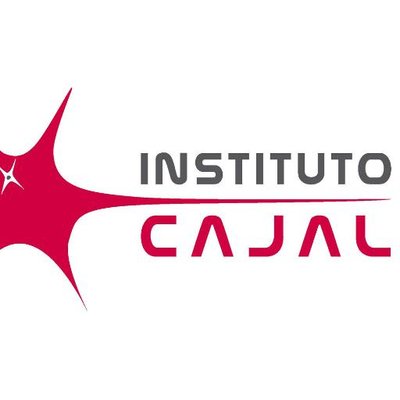ASSOCIATED MAJORS:
- ENGINEERING
- Computer sciences
- LIFE SCIENCES AND MEDICINE
- Biology
- Medicine
PROJECT TITLE:
SINGLE-CELL FATE MAPPING OF NEURAL PROGENITOR CELLS.
PROJECT SUMMARY. Description of activities and objectives:
The relationship between cell lineage, clonal cell heterogeneity and brain function is an important and rapidly advancing field in neuroscience, just entering in a period of rapid discovery. Clonal cell analysis defines the potential of single cells and the diversity they can produce but, a detailed clonal analysis has only been achieved in relatively simple organisms, such as C. elegans. Our challenge is to selectively target a single embryonic neural stem cell to follow the development and integration of derived cells to adulthood. To achieve this, we developed a novel and unique genetic tracing strategy, StarTrack, which attributes a specific and unique multicolor-code to single neural precursors, allowing all their progeny to be tracked. This enables to precisely track the progeny of targeted single neural stem cells, due to each fluorophore behaves as a variable defining the cellular labeling, allowing to generate lineage trees from neural progenitor cells over time. Determining the developmental trajectory by which different genetically and physiologically defined cell types are produced and assembled into brain circuits will be central to understanding disorders of brain development and function such as autism and schizophrenia and will inform therapeutic strategies.
To observe in-utero in-vivo brain injection and electroporation of the embryonic and postnatal mice.
Brain tissue processing: Sectioning, histological and molecular biology techniques.
Image processing and image analyses: Analysis of in vivo fate mapping experiments, to identify sibling neural cells (neurons, astrocytes, oligodendrocytes, NG2-glia) using confocal microscopy and specific software.








Reviews
There are no reviews yet.